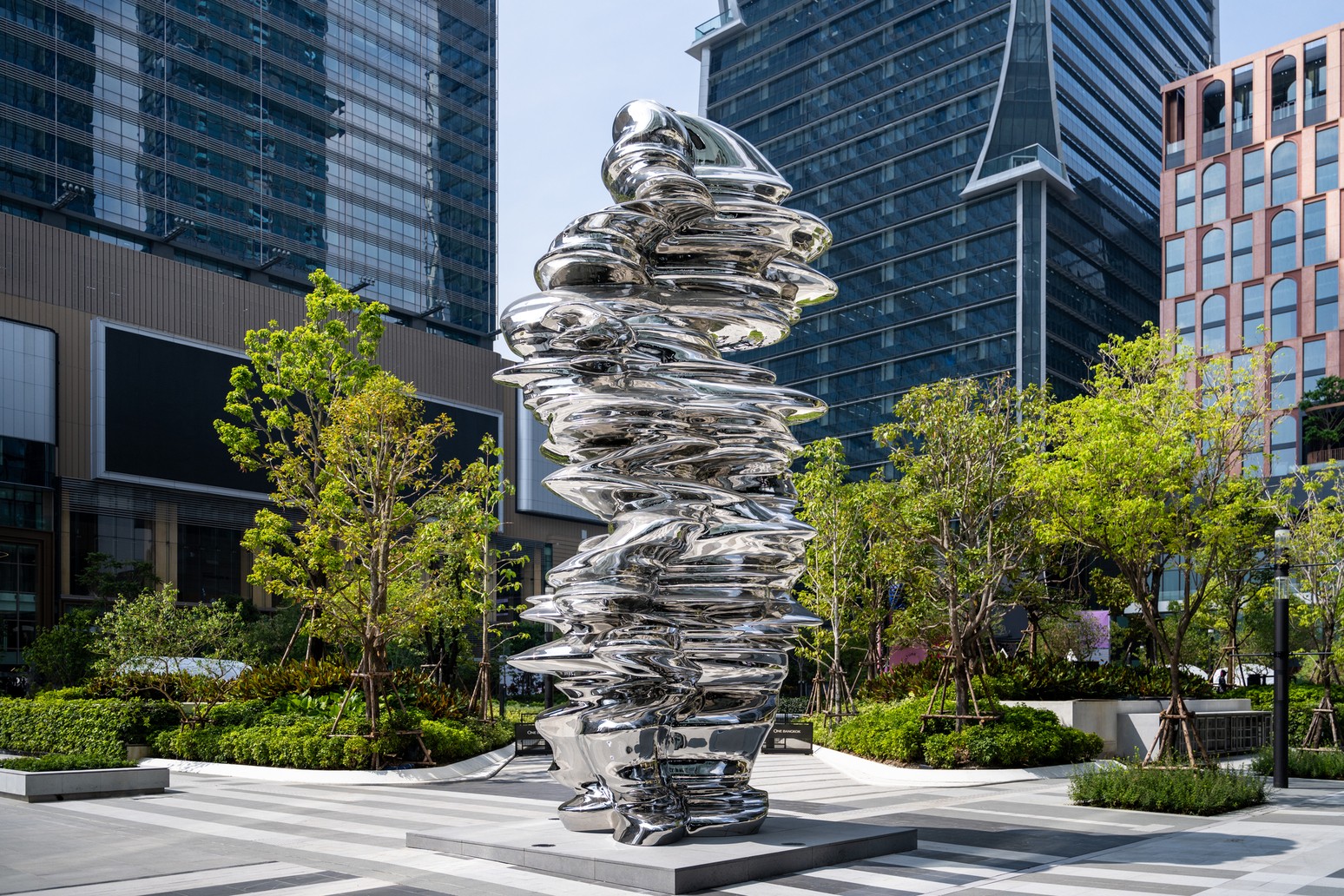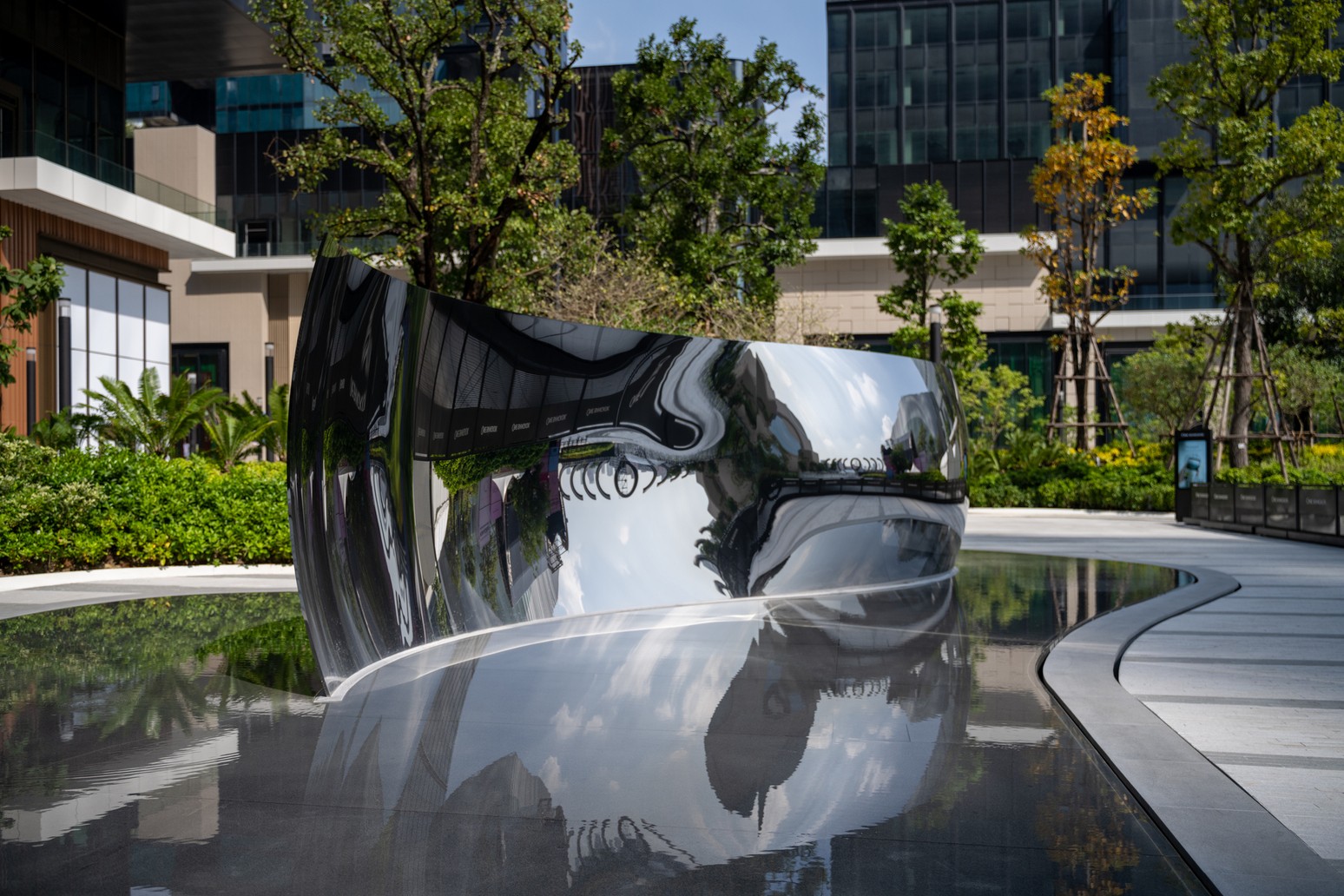Search
Recent Search
Directory Shop

Recent Search
Directory Shop
15 May 2025

While many see viewing art as simply a leisure activity that offers little more than momentary pleasure, the truth is that immersing oneself in art can surprisingly enough, positively affect mental health. In an age where stress and anxiety are part of daily life, it’s no wonder that art has become a powerful, though often overlooked, form of emotional therapy.
Why Can Art Help Reduce Stress?
Many psychologists confirm the mental health benefits of art, which can reduce stress in several ways:
1. Art allows the brain to rest
When we engage with art—whether through drawing, sculpting, or appreciating—it helps clear distracting thoughts, giving the brain a break from continuous thinking. It's much like pressing the reset button to restore a system that’s been working non-stop.
2. Art promotes positive thinking
Art also encourages positive thinking, as the creative process offers a chance to release emotions and feelings through colours, shapes, or sounds. This helps shift our perspective and view the world with a more positive outlook. Research also shows that engaging in art activates the brain’s release of dopamine and serotonin, which enhance feelings of happiness.
3. Art fosters emotional connections
Art creates deep emotional connections, whether with ourselves or others. By expressing ourselves through art or viewing works that reflect our own emotions, we feel less isolated in facing challenges. This sense of connection can significantly ease stress.
4. Art opens up new perspectives on problems
The artistic process stimulates creative thinking, helping us find solutions we may not have considered before. When we immerse ourselves in art, the right side of the brain becomes activated, allowing for fresh connections and creative problem-solving.
5. Art creates a peaceful mental space
Art serves as a safe retreat, allowing us to escape the chaos of the outside world. Focusing on art can lead to a state similar to meditation, known as the "Flow State," where the mind becomes calm, clear, and deeply focused. This state of mind helps the body and mind truly relax.
4 Ways to Experience Art for Stress Reduction
When it comes to enjoying art to reduce stress, you don’t need to be an expert who understands the techniques used in the artwork, knows the artist’s identity, or even recognizes the art’s era. The key to experiencing art is to simply "immerse" yourself in it and "feel" it as much as possible. This is easily done using these guidelines:
1. Allow yourself to feel, without the need to understand everything
When standing before a piece of art, don’t overanalyze or interpret it too much. Instead of asking, “What does this artwork mean?” ask yourself, “How does this piece make me feel?” Then, open yourself to the emotions that arise without judgment—whether it’s calm, excitement, or even confusion. Every emotion is valuable in connecting with your inner self. Oftentimes, letting yourself experience these feelings can help you better understand yourself and uncover repressed emotions you were not aware of.
2. Spend time with what resonates with you, rather than rushing to see everything
Many people feel the need to view every piece of artwork in a museum to make the most of their visit, but rushing through the exhibits can lead to "museum fatigue." Instead, if a particular piece catches your attention, take the time to engage with it. Observe the details, colors, shapes, and techniques the artist used. Sometimes, immersing yourself in just a few pieces that speak to you can offer a deeper experience than skimming quickly through many.
3. Write down your thoughts and feelings to reflect on the images in your mind
Carrying a small notebook while viewing art can be a great way to express your thoughts and emotions. After admiring a piece that left an impression on you, take a moment to jot down your feelings, memories, or even any questions that arise. This helps you connect with the artwork and release any bottled-up thoughts or emotions.
4. Participate in supplementary activities to create new experiences and build connections
If the opportunity arises, consider joining a guided tour by a curator or participating in a workshop offered by the museum. Learning about the backstory or the artist’s intentions can provide new perspectives you might not have considered. Additionally, it’s a great opportunity to meet others with similar interests, potentially leading to new friendships and a sense of community. This connection is an important aspect of maintaining good mental health and reducing stress over time.
One Bangkok Opens the Door to a World of Art in the Heart of the City
Highlighting the transformative power of art, One Bangkok introduces a groundbreaking experience by bringing world-class artworks to the heart of Bangkok through the “Art Loop”—an artistic journey woven throughout the entire development. This path connects every artwork and cultural program, reflecting the project's philosophy of seamlessly integrating art and culture into daily life.
A centerpiece of the collection is the sculpture "S-Curve" by world-renowned artist Sir Anish Kapoor, best known for his iconic Cloud Gate (widely known as The Bean) in Chicago. S-Curve offers a mesmerizing experience through its polished stainless-steel surface, which distorts and reflects its surroundings in fascinating ways. The smooth, seamless mirror-like finish draws the cityscape and viewers into the piece, encouraging reflection and imagination.
Another striking installation is "It is, it isn't" by acclaimed British artist Tony Cragg, which explores the harmony between nature and urban life. The sculpture reflects the broader vision of One Bangkok as a space where art and urban living coexist in balance and creativity.
Far more than a real estate project, One Bangkok redefines urban development by creating a space where people can engage with world-class art every day. By integrating art into the public realm, the development not only enhances the city’s vibrancy but also offers a sanctuary for rest and renewal—inviting people to pause, release mental clutter, and reconnect with themselves through the beauty of art. It is a bold step toward building a city that truly supports both the physical and emotional well-being of its people.

Tag
SHARE